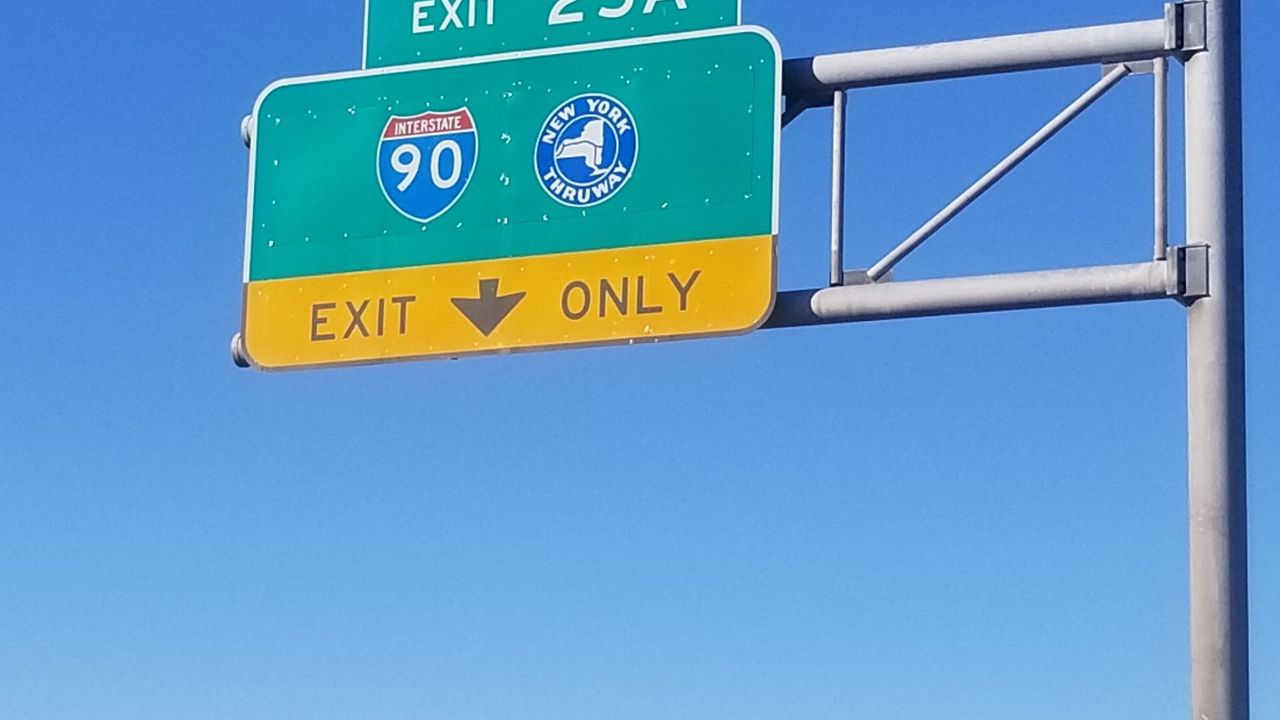Drivers taking the New York State Thruway will have to cough up more money in tolls starting in January.
The state Thruway Authority's board of directors voted Monday to pass two 5% toll increases, one in January and again in January 2027.
The authority's leadership said the increases were necessary to cover costs to modernize the Thruway, keep it safe and pay for the rising costs of maintenance.
“The toll adjustments approved today by the Board of Directors follow a year-long public process and represent a responsible approach to ensure continued investment in the 570-mile Thruway system for years to come," the authority's board chair Joanne Mahoney said in a statement released Monday afternoon. "The Thruway Authority receives no dedicated federal, state or local tax dollars and relies primarily on toll dollars to maintain and operate the Thruway which is one of the safest and reliable toll roads in the country.”
“Today’s vote by the Board of Directors maintains some of the lowest toll rates in the country and fulfills the system-wide operating, debt service, and capital needs for our financial plan,” Thruway Authority Acting Executive Director Frank Hoare said in the statement.
Drivers in New York paid more than $800 million in state Thruway tolls last year. After both increases, a standard passenger vehicle owner with an E-Z Pass would pay about a half-cent more per mile; non-E-Z Pass holders, 3 1/2 cents more; and tolls by mail and non-E-Z Pass holders, just under 3 cents more per mile.
For perspective, that would cost E-Z Pass holders an extra 8 cents to drive from Hudson to Canaan, 10 cents from Verona to Syracuse and 11 cents from Geneva to Rochester.
The toll rate increases prompted criticism from the public and state Comptroller Tom DiNapoli, who said, in part, that the state Thruway Authority did not perform a comprehensive assessment of operating needs and expenses prior to proposing the toll hikes.
The New York State Thruway Authority is owed $276.3 million in fees and tolls — with nearly half of that money owed by out-of-state drivers, according to DiNapoli.
BREAKING: @NYSThruway passes toll rate adjustment. First 5% increase Jan. of 2024, second 5% increase Jan. of 2027. pic.twitter.com/cHZ82NmMfo
— Robert Guaderrama (@RobGuaderrama) September 18, 2023


